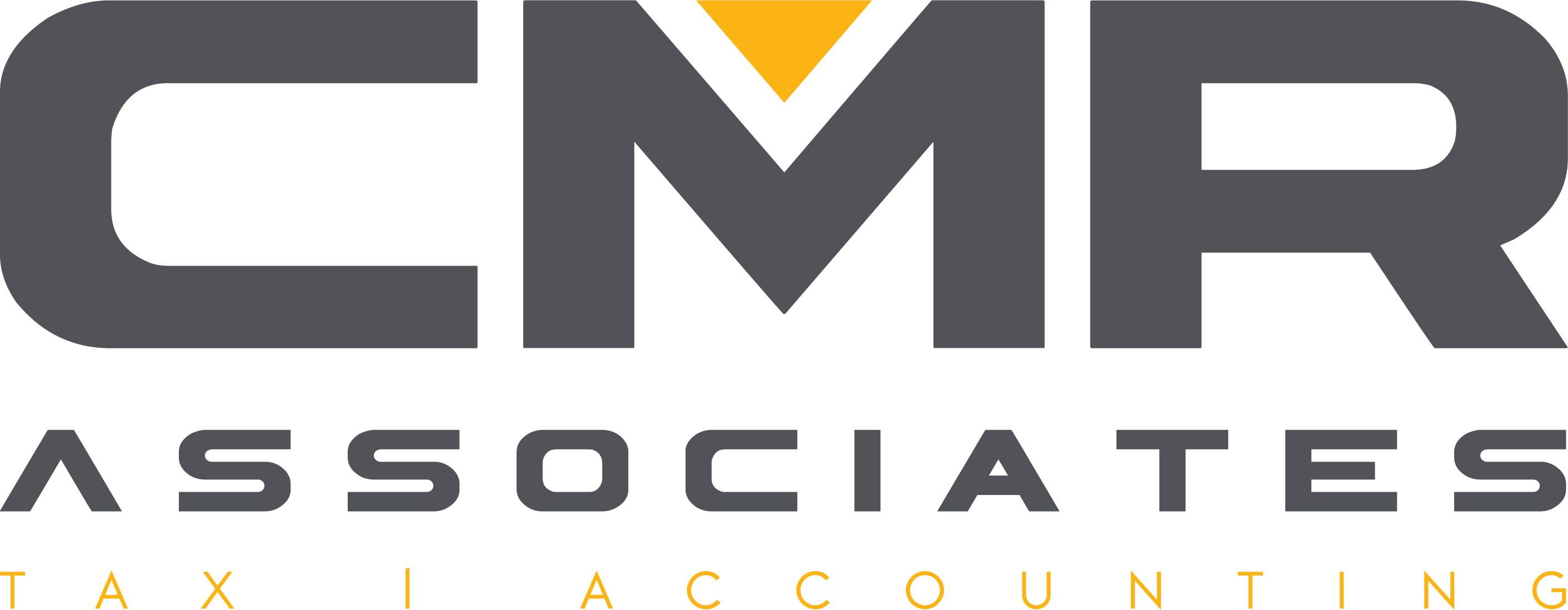
Now that 2019 has begun, there isn’t too much you can do to reduce your 2018 income tax liability. But it’s smart to begin preparing for filing your 2018 return. Because the Tax Cuts and Jobs Act (TCJA), which was signed into law at the end of 2017, likely will have a major impact on your 2018 taxes, it’s a good time to review the most significant provisions impacting individual taxpayers.
Rates and exemptions
Generally, taxpayers will be subject to lower tax rates for 2018. But a couple of rates stay the same, and changes to some of the brackets for certain types of filers (individuals and heads of households) could cause them to be subject to higher rates. Some exemptions are eliminated, while others increase. Here are some of the specific changes:
- Drops of individual income tax rates ranging from 0 to 4 percentage points (depending on the bracket) to 10%, 12%, 22%, 24%, 32%, 35% and 37%
- Elimination of personal and dependent exemptions
- AMT exemption increase, to $109,400 for joint filers, $70,300 for singles and heads of households, and $54,700 for separate filers for 2018
- Approximate doubling of the gift and estate tax exemption, to $11.18 million for 2018
Credits and deductions
Generally, tax breaks are reduced for 2018. However, a few are enhanced. Here’s a closer look:
- Doubling of the child tax credit to $2,000 and other modifications intended to help more taxpayers benefit from the credit
- Near doubling of the standard deduction, to $24,000 (married couples filing jointly), $18,000 (heads of households) and $12,000 (singles and married couples filing separately) for 2018
- Reduction of the adjusted gross income (AGI) threshold for the medical expense deduction to 7.5% for regular and AMT purposes
- New $10,000 limit on the deduction for state and local taxes (on a combined basis for property and income or sales taxes; $5,000 for separate filers)
- Reduction of the mortgage debt limit for the home mortgage interest deduction to $750,000 ($375,000 for separate filers), with certain exceptions
- Elimination of the deduction for interest on home equity debt
- Elimination of the personal casualty and theft loss deduction (with an exception for federally declared disasters)
- Elimination of miscellaneous itemized deductions subject to the 2% floor (such as certain investment expenses, professional fees and unreimbursed employee business expenses)
- Elimination of the AGI-based reduction of certain itemized deductions
- Elimination of the moving expense deduction (with an exception for members of the military in certain circumstances)
- Expansion of tax-free Section 529 plan distributions to include those used to pay qualifying elementary and secondary school expenses, up to $10,000 per student per tax year
How are you affected?
As you can see, the TCJA changes for individuals are dramatic. Many rules and limits apply, so contact us to find out exactly how you’re affected. We can also tell you if any other provisions affect you, and help you begin preparing for your 2018 tax return filing and 2019 tax planning.





